At the invitation of Vino & Vino, Jeanne Dubor – a representative of Australia’s leading wine company and globally awarded brand Penfolds – recently visited Armenia.
GastroVino spoke with her about the history of Penfolds, its winemaking philosophy, and their collaboration with Vino & Vino in Armenia.
From medicinal tonic to global icon
Though known for its innovative approach and often classified as a New World winery, Penfolds’ story dates back to 1844. As one of Australia’s first wineries, Penfolds has played a key role in shaping the country’s winemaking history.
Image by: Vino & Vino
It was founded by British couple Christopher and Mary Penfold when, like many other British settlers, they began farming in Australia. The wine made from their first vineyards was originally intended for medicinal use: being a doctor, Christopher Penfold strongly believed in the health benefits of wine. Over time, winemaking became their main business. After Christopher’s death in 1870, Mary continued to grow the winery and helped establish its reputation across Australia.
“There are three main periods in Penfolds’ history,” explains Jeanne Dubor, Business Manager for Penfolds in Southern and Eastern Europe.
Image by: Mediamax
“The first key period was from the founding until 1950 – when Penfolds became the most important winery in Australia. In the early 20th century, more than half of the wine produced in the country was made by Penfolds. The second period was about building the global reputation, marked by the creation of Grange – our flagship wine – in 1951. The third period began around 2010, when the company started acquiring vineyards in the US, France, and China. Today, our main ambition is to be seen as a global luxury wine brand,” she explains.
Innovation Beyond Tradition
According to Dubor, one of the things that sets Penfolds apart is its blend of tradition with innovation:
Image by: Mediamax
“Since the beginning of Penfolds’ reputation, we have only had four chief winemakers. Each of them has stayed for decades, passing on their knowledge. This helps keep the tradition and the Penfolds DNA, while having no creative limitations,” she says.
The company stands out in the global market with its unique approach to winemaking. For Penfolds, there are no restrictions when combining grape varieties: thanks to long trials and the right technology, different grape varieties growing in vineyards around the world are perfectly combined in Penfolds wines.
Image by: Vino & Vino
“Penfolds is the only one working like that. Being French, I find it very bold to say that – but I really believe it is a very clever way to make wine. Sticking to appellation is great for some reasons – but it can also sometimes go against innovation and creativity,” says Dubor.
In her words, this unique approach to winemaking is a complex process requiring enormous effort. From Penfolds’ own vineyards in Australia, the US, France, and China – as well as through partnerships with trusted growers – only the best grapes are selected and classified for each wine.
Image by: Vino & Vino
“Each wine has its own style and character, so we choose the best grapes for each. For example, the best Shiraz goes to Grange,” she explains, adding that Penfolds’ experts also classify the juice after fermentation.
Grange: the flagship of innovation
Grange is the most striking expression of the company's winemaking philosophy, having received a number of global awards and being listed as a Heritage Icon of South Australia.
Image by: Mediamax
“Grange has a really interesting story. Our winemaker, Max Schubert, went to Europe to learn more about winemaking. When he came back to Australia, his ambition was to create a wine that could age as long as Bordeaux wines – and he succeeded, launching the first Grange in 1951,” Dubor says.
"Now when we go to France, we can proudly say that they taught us how to make wine, and now we are there to show what we can do in their home.”
Penfolds in the homeland of winemaking
For the past 3–4 years, Penfolds has worked in Armenia through its partnership with Vino & Vino. Now the brand is entering a more active phase, with the aim of building greater recognition among local wine lovers.
Image by: Vino & Vino
“Armenia is one of the oldest winemaking countries – so being present here is very symbolic for us,” says Dubor.
For those new to the brand, she recommends starting with Bin 28, which is made entirely from Australian Shiraz.
Image by: Vino & Vino
“My personal favorite is Bin 389. It is a young wine with aging potential. For me, it is really important to be able to choose when you want to drink the wine. It is actually a fun wine experience to buy a few bottles of Bin 389 or Bin 28, try one now, and then try the others over the next few years and see how the wine evolves,” she says.
Sona Mikayelyan, Head of Marketing at Vino & Vino, says that representing leading brands like Penfolds is a great honor for them.
Image by: Mediamax
“For every brand we present at Vino & Vino, we take responsibility toward our consumers. Collaborating with a company like Penfolds once again proves our commitment to our mission – to present the finest examples of global winemaking to Armenian consumers,” says Mikayelyan.
She adds that they are planning high-quality and exclusive events to raise awareness of Penfolds,
Gaiane Yenokian
Photos by Emin Aristakesyan and Vino & Vino


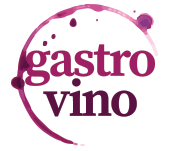
 ×
×


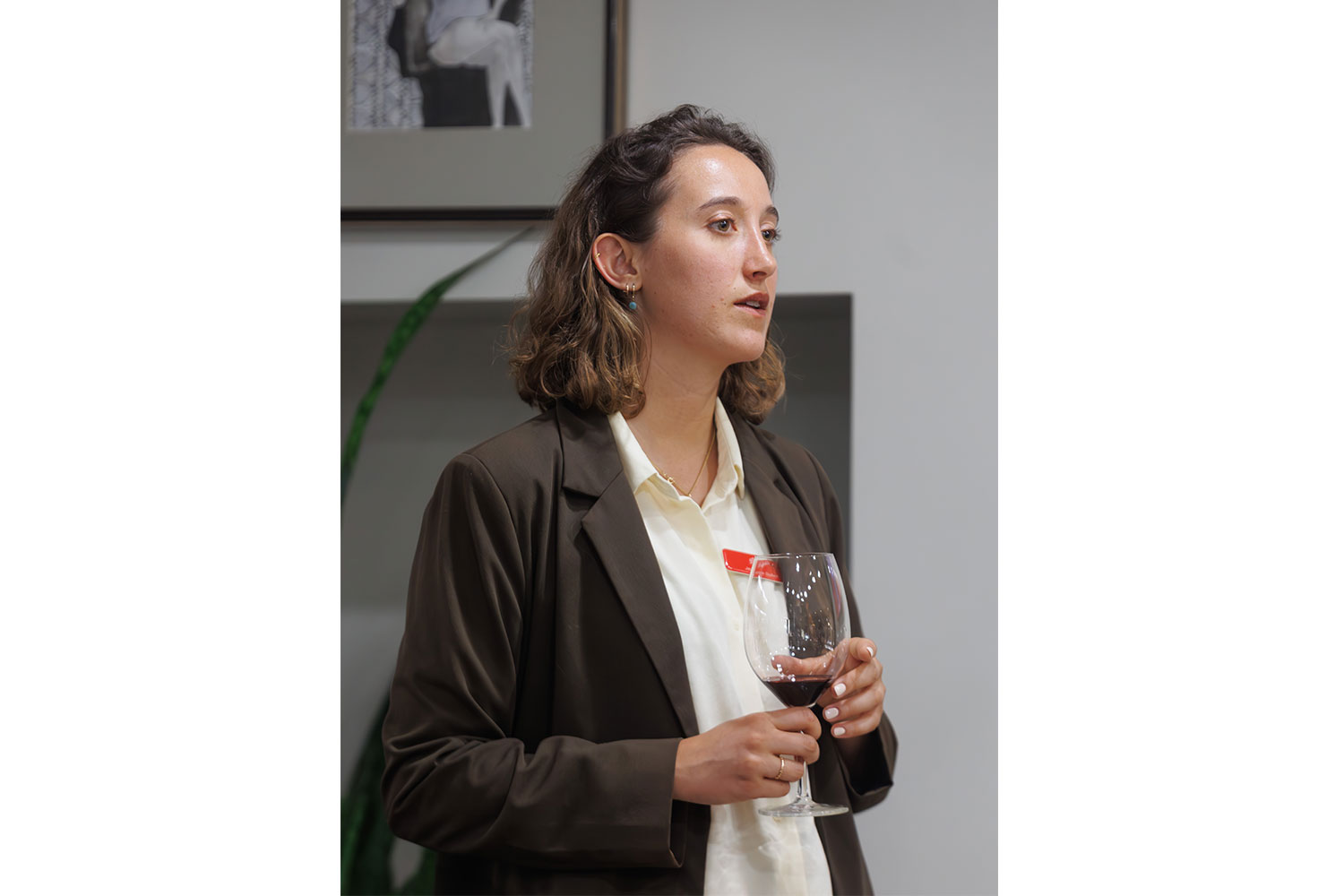
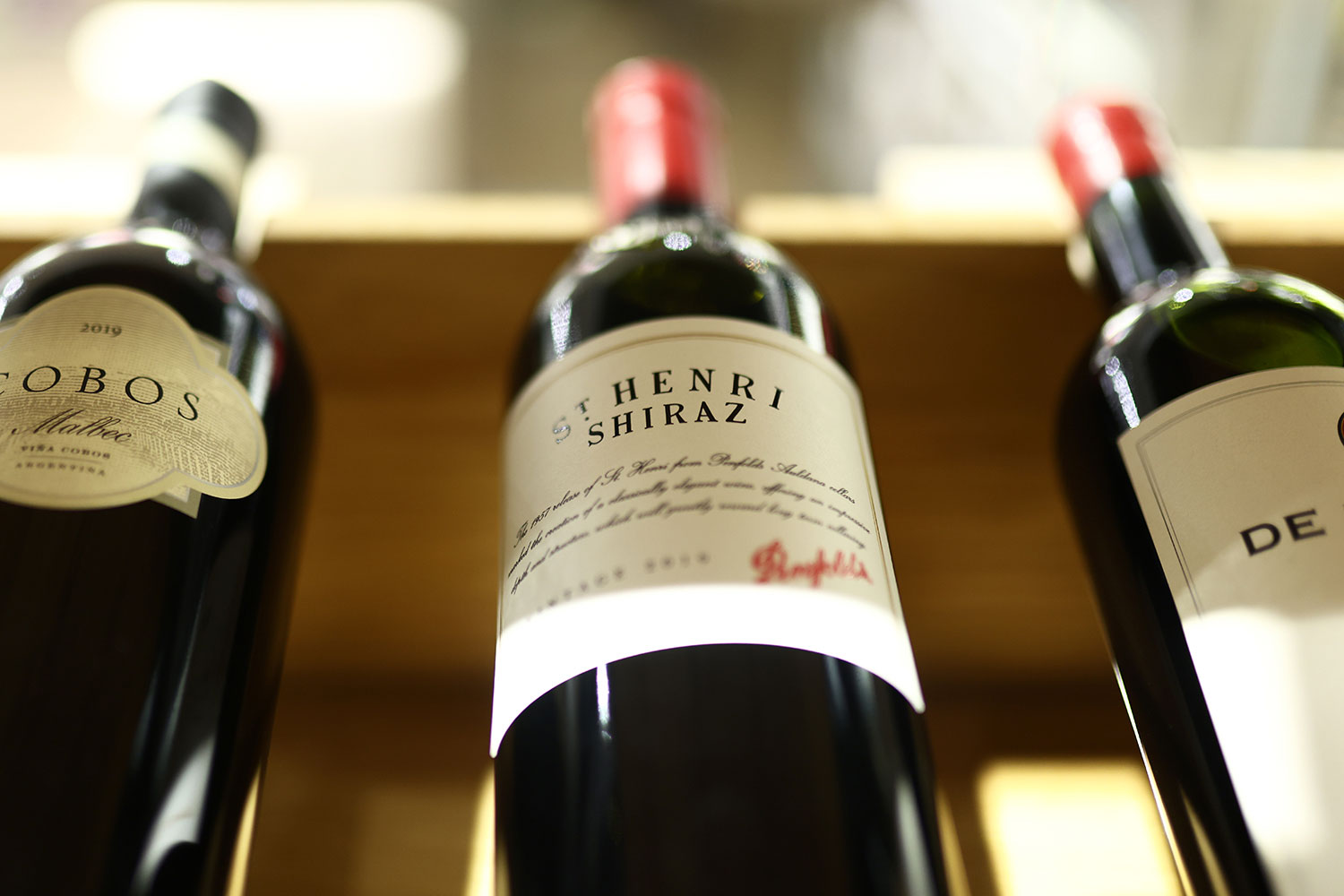
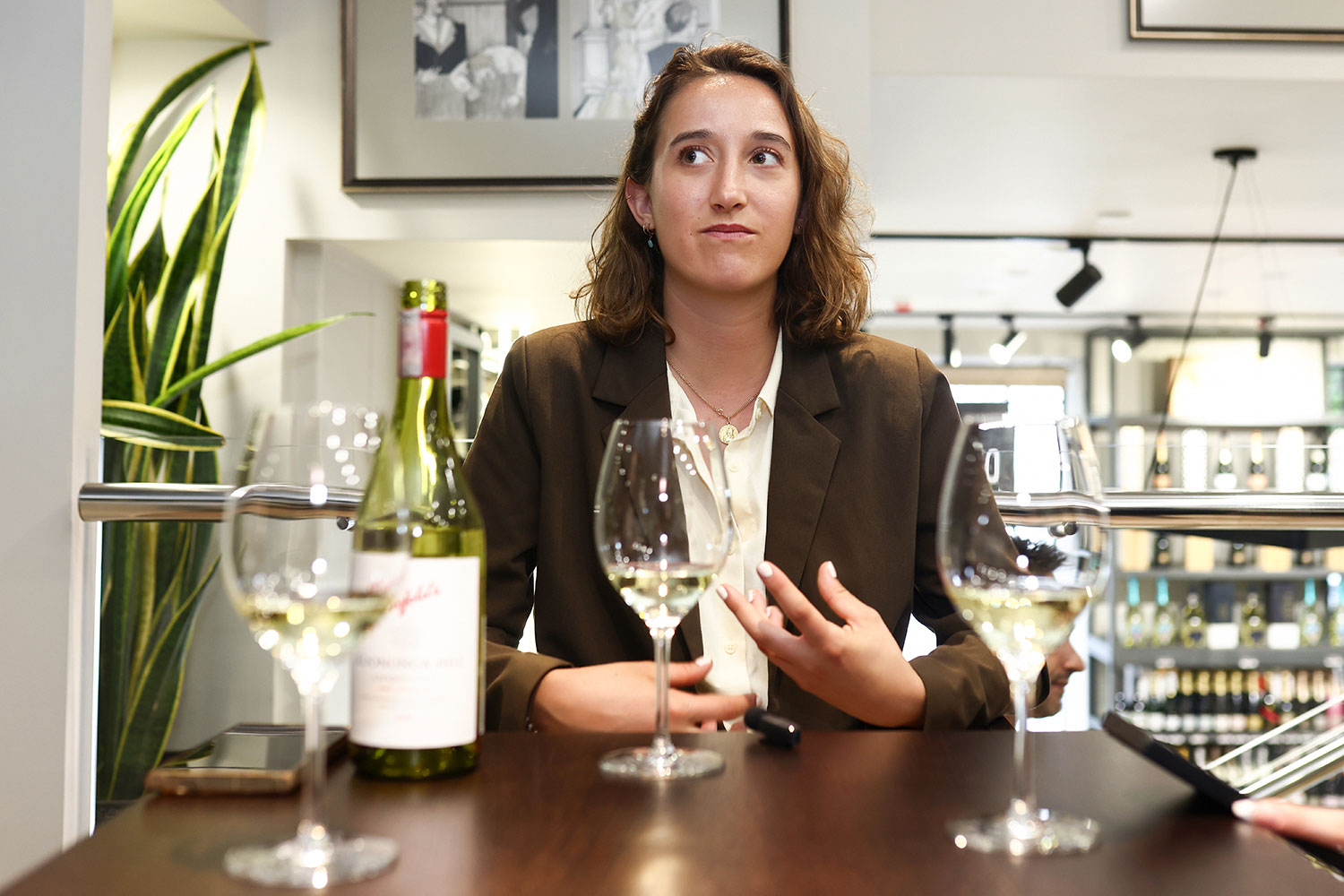
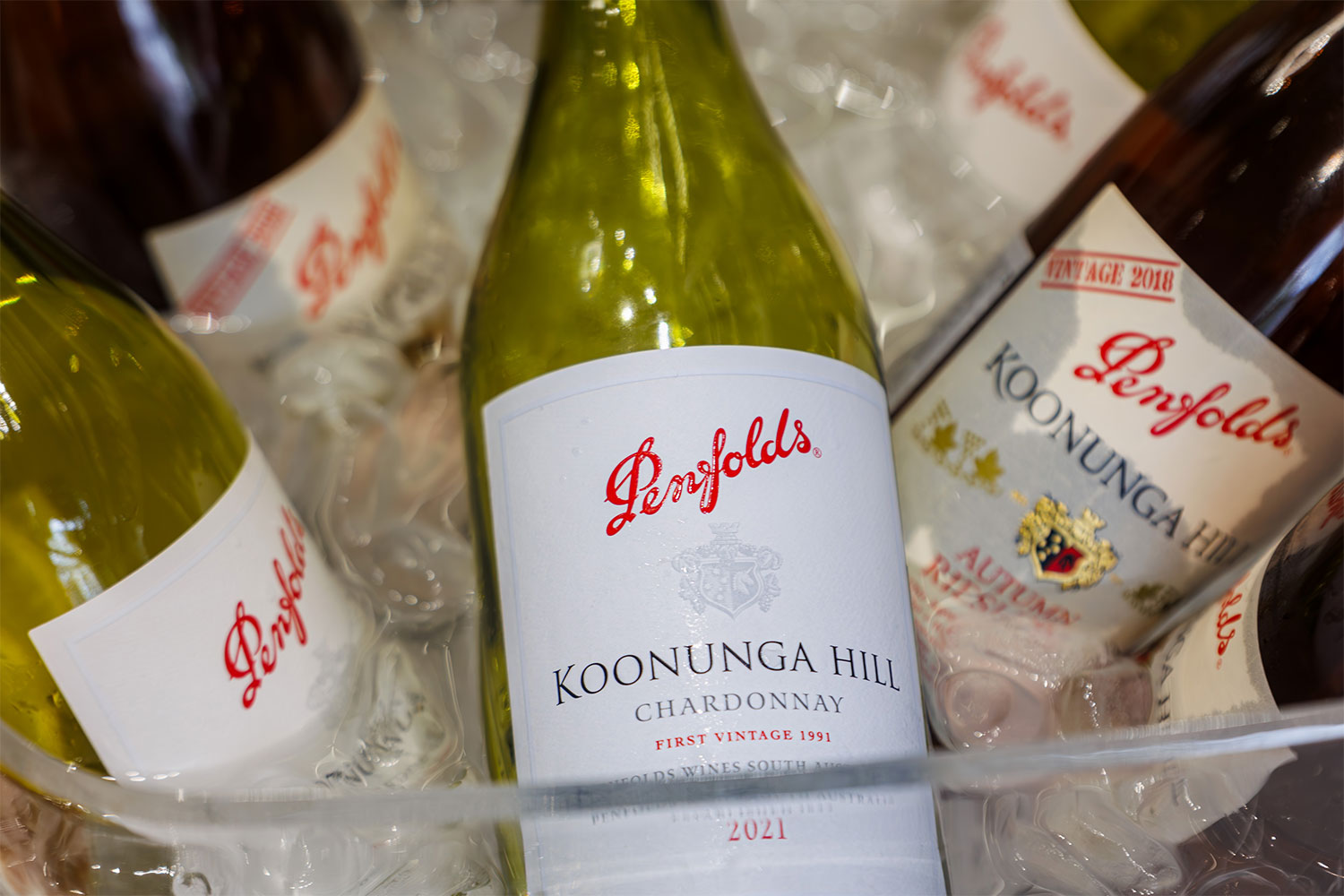
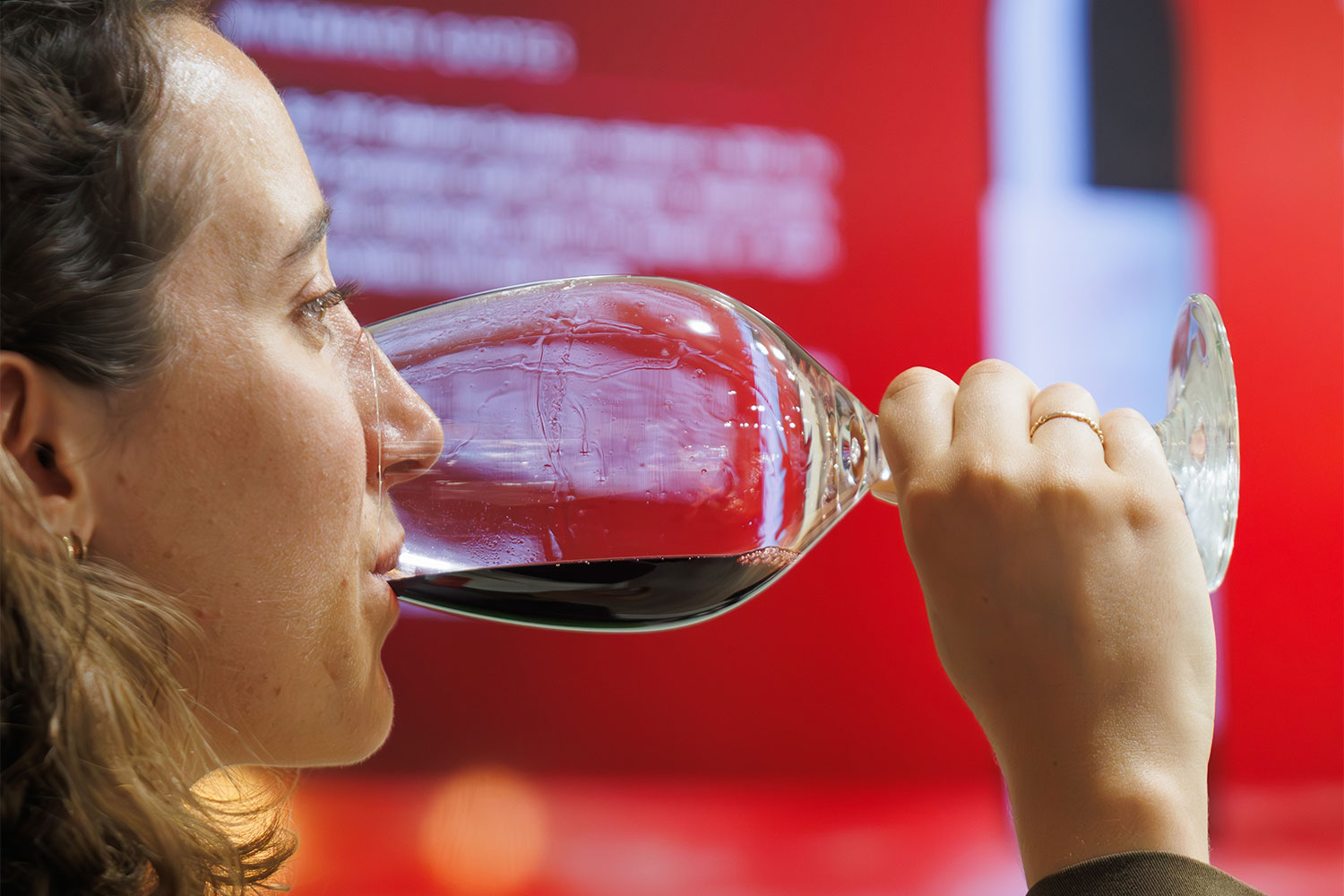

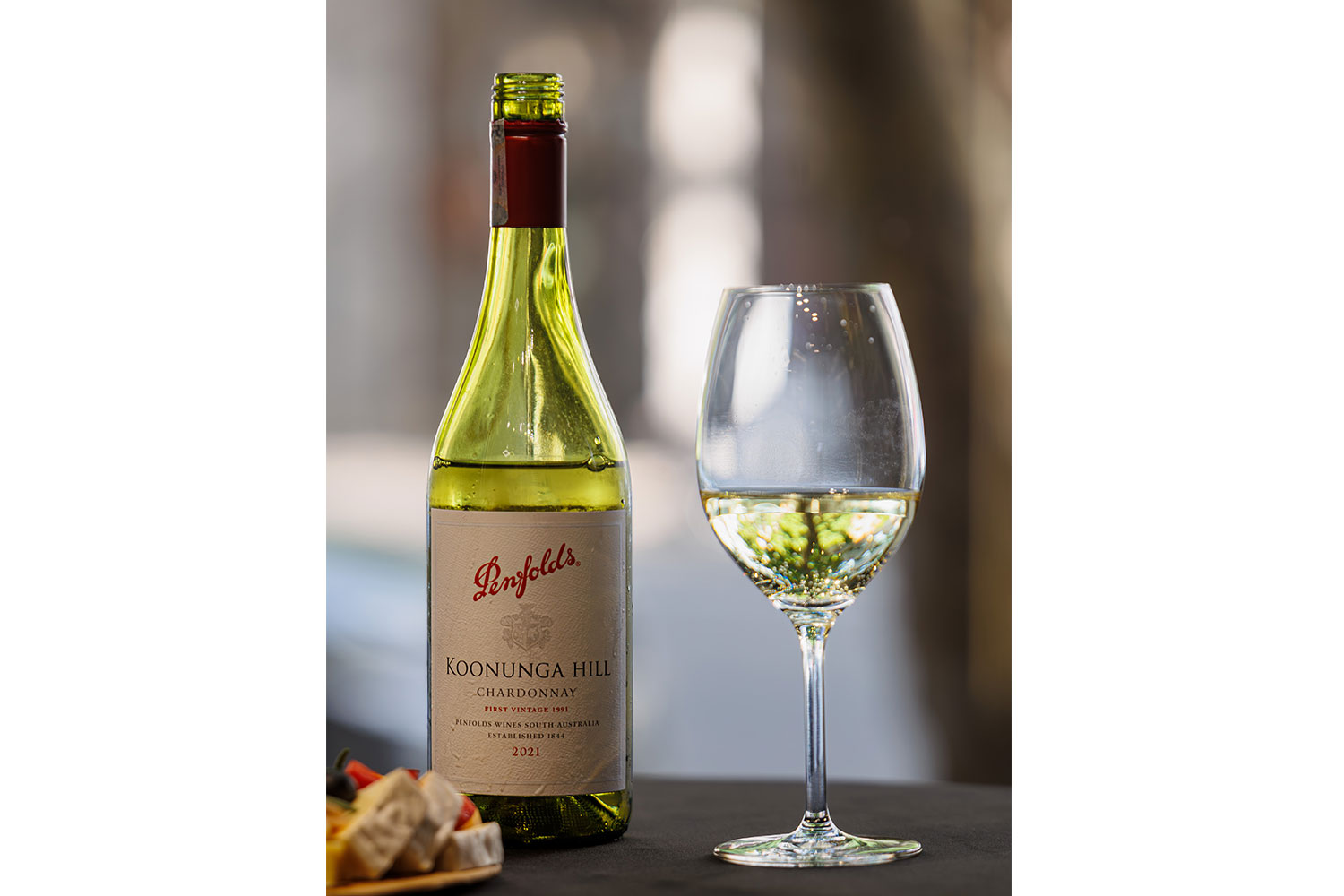
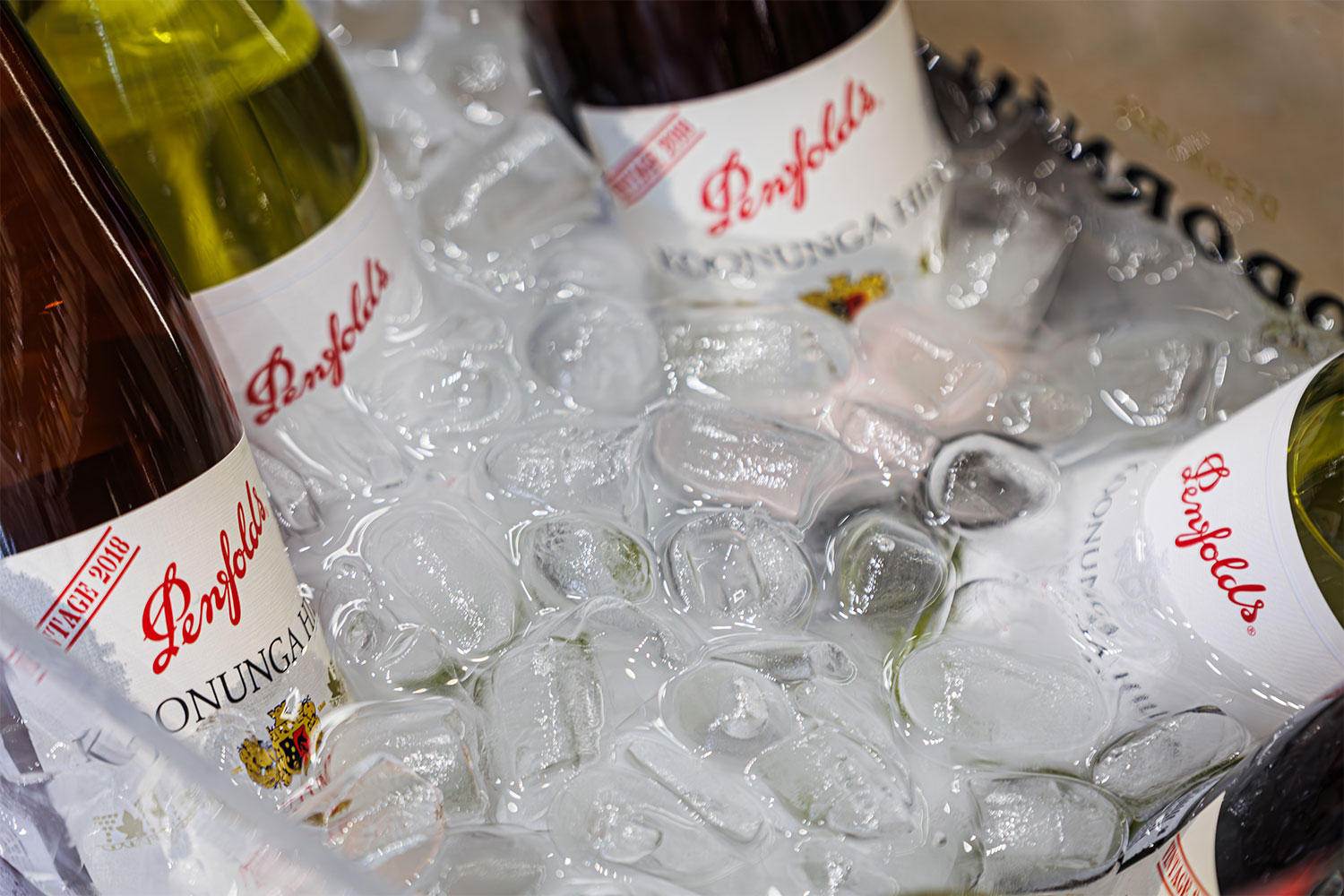









Comments
Dear visitors, You can place your opinion on the material using your Facebook account. Please, be polite and follow our simple rules: you are not allowed to make off - topic comments, place advertisements, use abusive and filthy language. The editorial staff reserves the right to moderate and delete comments in case of breach of the rules.